Affiliate links on Android Authority may earn us a commission. Learn more.
5 things you need to know about the Snapdragon 8 Gen 2
Published onNovember 15, 2022
Qualcomm’s latest chipset has arrived. It announced the Snapdragon 8 Gen 2 as the flagship successor to 2021’s Snapdragon 8 Gen 1 during its annual Snapdragon Summit in Hawaii.
The new chipset sticks with last year’s naming convention and brings a host of new updates to Qualcomm’s premium tier. We have a deep dive for those who want to get into the depths of Qualcomm’s latest, but here are five features that we’re most excited about with the Snapdragon 8 Gen 2.
1. Elite gaming chops
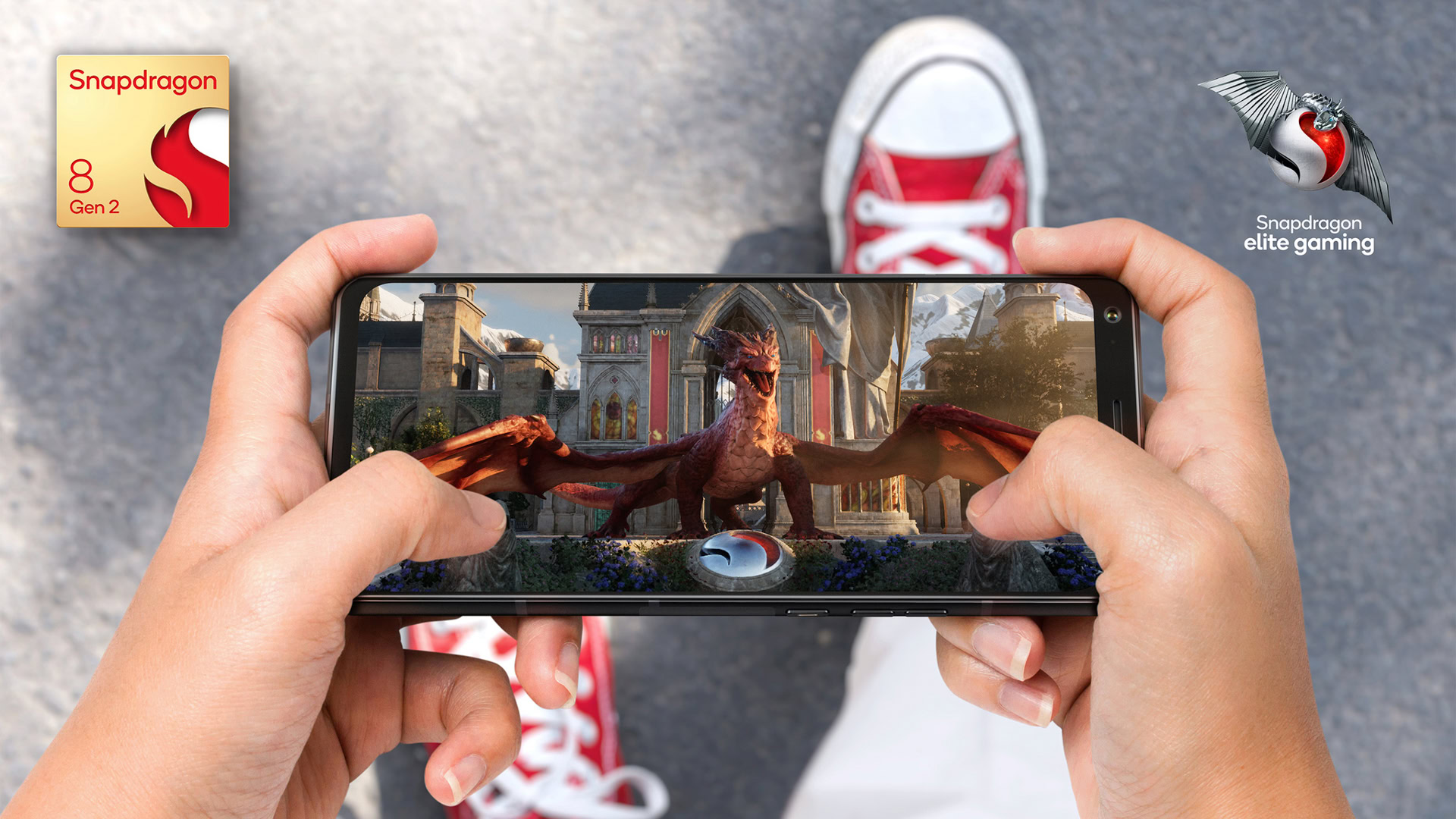
Ray tracing is something of a buzzword for gamers. However, it’s usually thrown around in reference to powerful gaming PCs instead of smartphones. That’s all changing, as the feature is now supported in the Snapdragon 8 Gen 2.
For non-gamers, ray tracing is used to create fancy lighting effects, bringing life-like shadows and reflections to games. It is a computationally intensive process, putting extra strain on a graphics card, even on premium desktops. Hence the need for dedicated hardware to accelerate the calculations.
See also: Here are the best Android gaming phones
Qualcomm’s hardware-accelerated ray tracing supports ray-box, ray-triangle, and bounding volume hierarchical (BVH) intersections, seemingly making it a more advanced implementation than ray tracing support we’ve seen from other mobile platforms. Qualcomm’s new Adreno GPU also boasts up to 25% faster performance over the graphics from the Snapdragon 8 Gen 1 chipset, while there’s up to 40% better power efficiency from the Kryo CPU.
Are you excited about ray tracing coming to mobile games?
It sounds like an impressive step up for mobile gamers, but we’ll have to see how widely ray tracing is adopted in upcoming titles. The hardware is certainly there — the Snapdragon 8 Gen 2’s Adreno GPU serves as the powerhouse for some impressive graphics — but we must remember that developers are creating games for more than just the latest flagship chipset. Ray tracing is also limited to Android Vulkan implementations, so you won’t find support on Qualcomm-powered PCs. At least not yet.
Qualcomm told us to expect the first ray-tracing-enabled titles in the first half of 2023, so we’ll have to wait and see.
2. Unique CPU layout
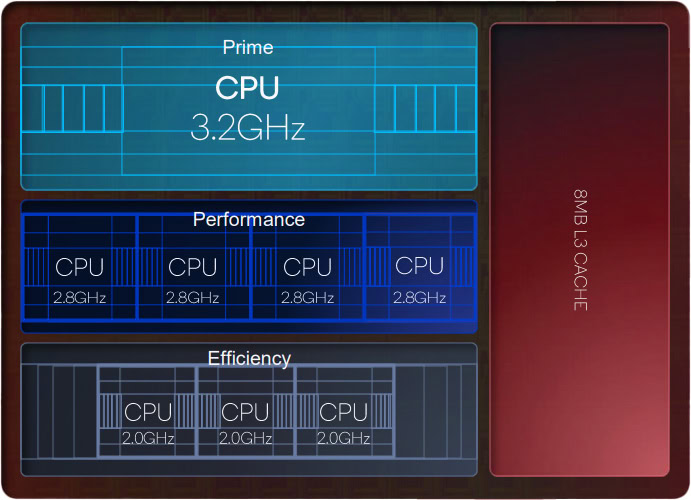
We mentioned Qualcomm’s Kryo CPU above, and it brings quite a few changes from the Snapdragon 8 Gen 1. The Snapdragon 8 Gen 2 still packs eight total cores and is built on a 4nm process (TSMC rather than Samsung this time, though), but it swaps one of the small efficiency cores for an extra medium performance core. It’s now set up with a single Prime Arm Cortex-X3 clocked at 3.19GHz, two Cortex A715 performance cores at 2.8GHz, two older Cortex A710 performance cores at 2.8GHz, and three Cortex A510 efficiency cores at 2.0GHz.
The change brings new processing power thanks to the extra medium core, but the real reason for the new layout is that Qualcomm isn’t ready to give up on 32-bit app support just yet. It takes a half step forward with the pair of Cortex A715 cores — which support 64-bit only — while keeping the door cracked with 32-bit and 64-bit support in the Cortex A710 and A510 cores.
We’re not entirely convinced of the need for this, as Google has been pushing all apps to move to 64-bit for a few years now, and Chinese ecosystems have made similar moves lately. However, we’re assuming it’s predominantly a play to keep Eastern markets happy, where 32-bit apps are still more common.
3. Beefed up AI capabilities
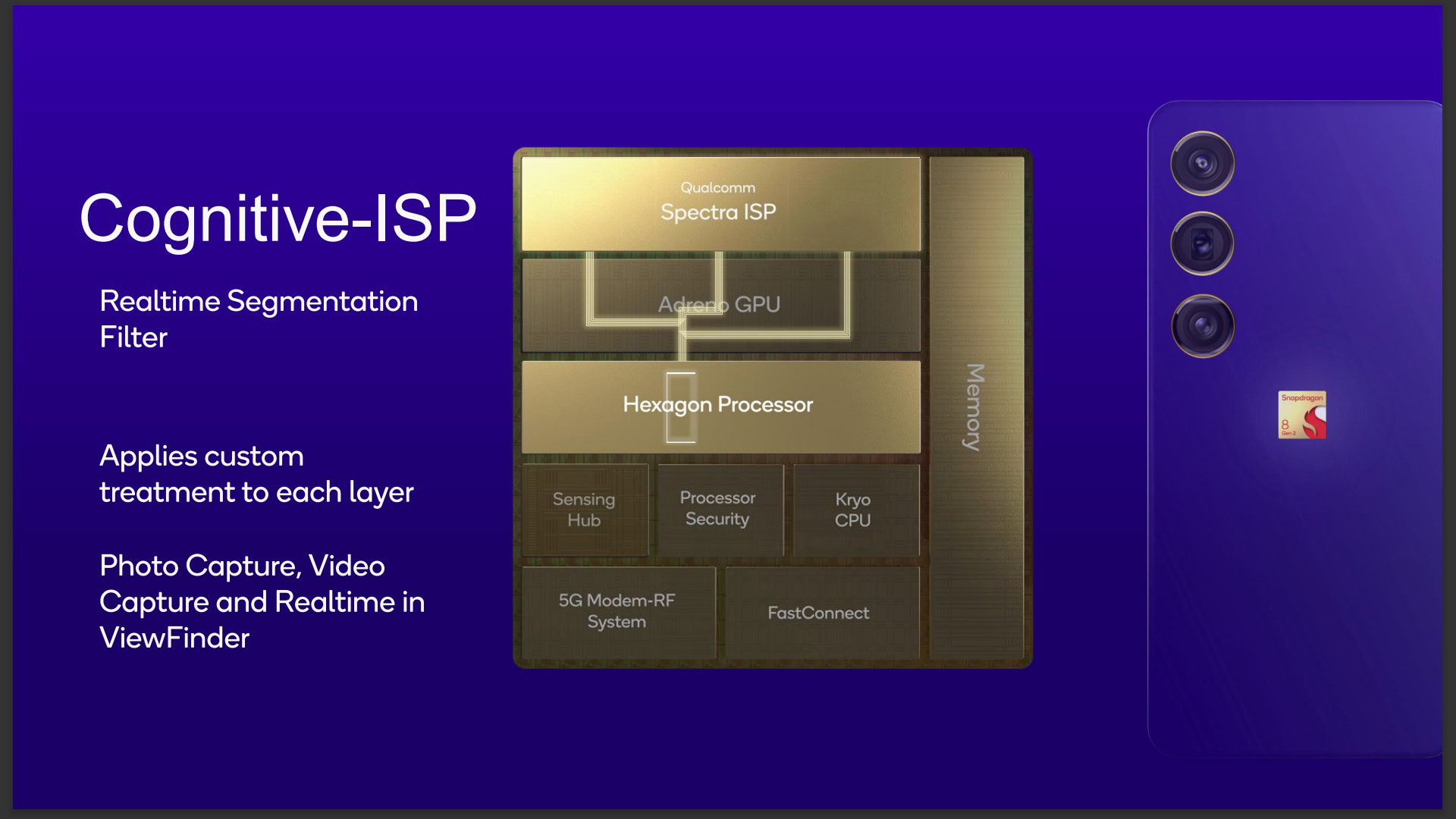
AI is the name of the game on the Snapdragon 8 Gen 2. You can’t dig into much of what Qualcomm has done without quickly finding some form of AI integration.
Many of the improvements are powered by the updated Hexagon processor, which now has double the tensor-math processing power and its own dedicated power domain. This means you can now boost AI performance without also boosting other components, such as graphics, saving some power in the process.
Hexagon also plays a crucial role in imaging thanks to an improved direct link that allows faster data transfer without tapping into the entire Snapdragon 8 Gen 2 memory system. It allows for much quicker segmentation (object identification) and AI RAW processing from the camera, in what Qualcomm dubs its Cognitive ISP.
4. Updated connectivity standards
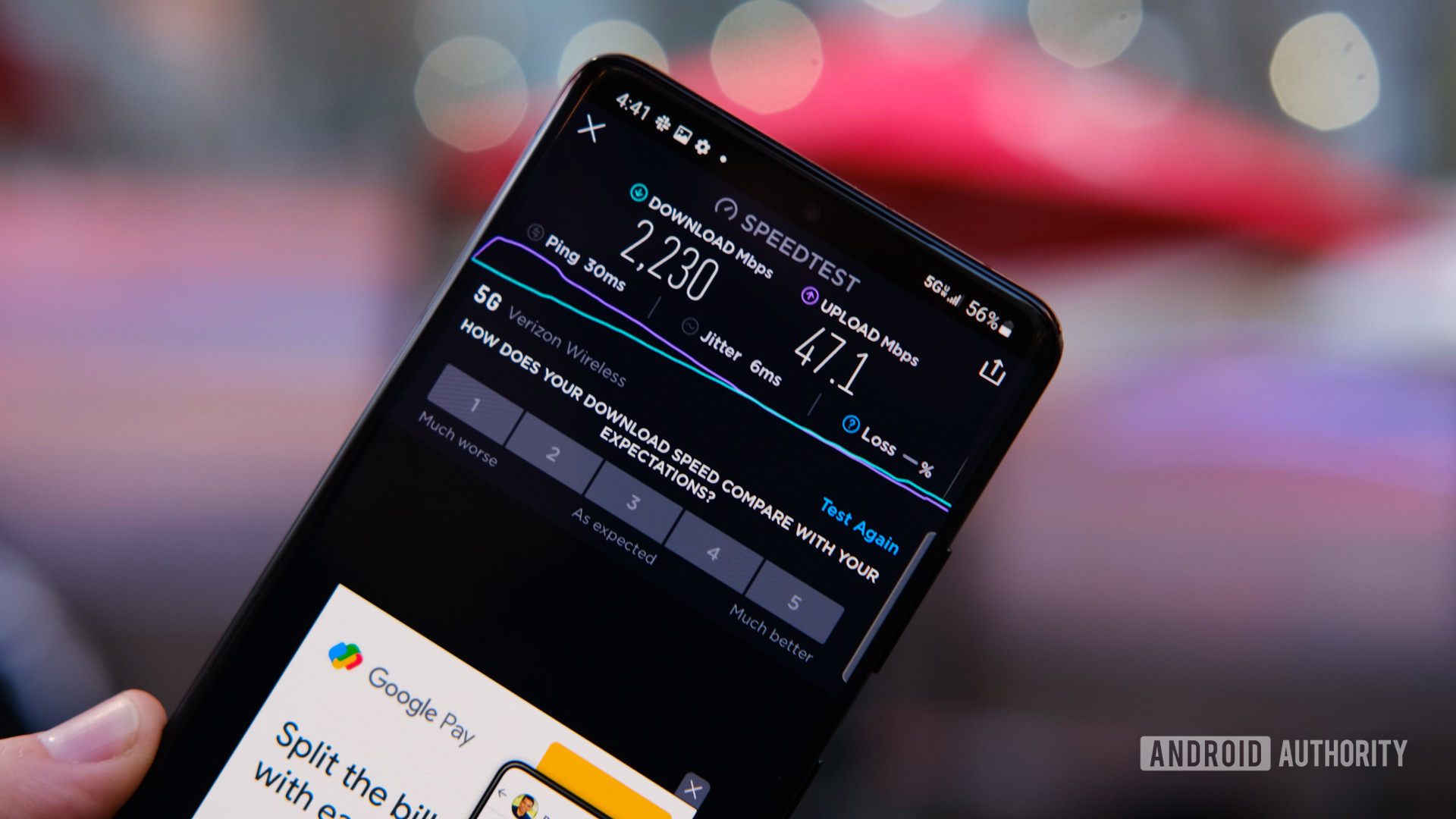
Connectivity standards have become something like Leonardo DiCaprio’s dating life — already onto the next one before the current model has reached its potential. It feels like we just started talking about Wi-Fi 6E, but the Snapdragon 8 Gen 2 is already set to launch with Wi-Fi 7 support as part of Qualcomm FastConnect. Wi-Fi 7 promises faster speeds (up to 5.8Gbps) with lower latency, which is impressive even though the standard hasn’t yet been finalized.
Of course, Wi-Fi 7 isn’t the only new connectivity feature on the Snapdragon 8 Gen 2 chipset; Qualcomm has also introduced an updated modem. The new Snapdragon X70 harnesses the power of AI to improve 5G upload and download speeds, cut down on latency, and boost power efficiency. Improvements should be most noticeable in edge areas where the signal is typically poor, though areas with already reliable 5G might not see as much of a boost.
The Snapdragon 8 Gen 2 is a chipset with plenty of firsts, including the first platform with 4x carrier aggregation for faster and more robust data speeds. It’s also the first with dual active 5G SIM support, which means you can take a call on your primary SIM and receive messages on your secondary SIM at the same time.
5. Spatial audio via Snapdragon Sound
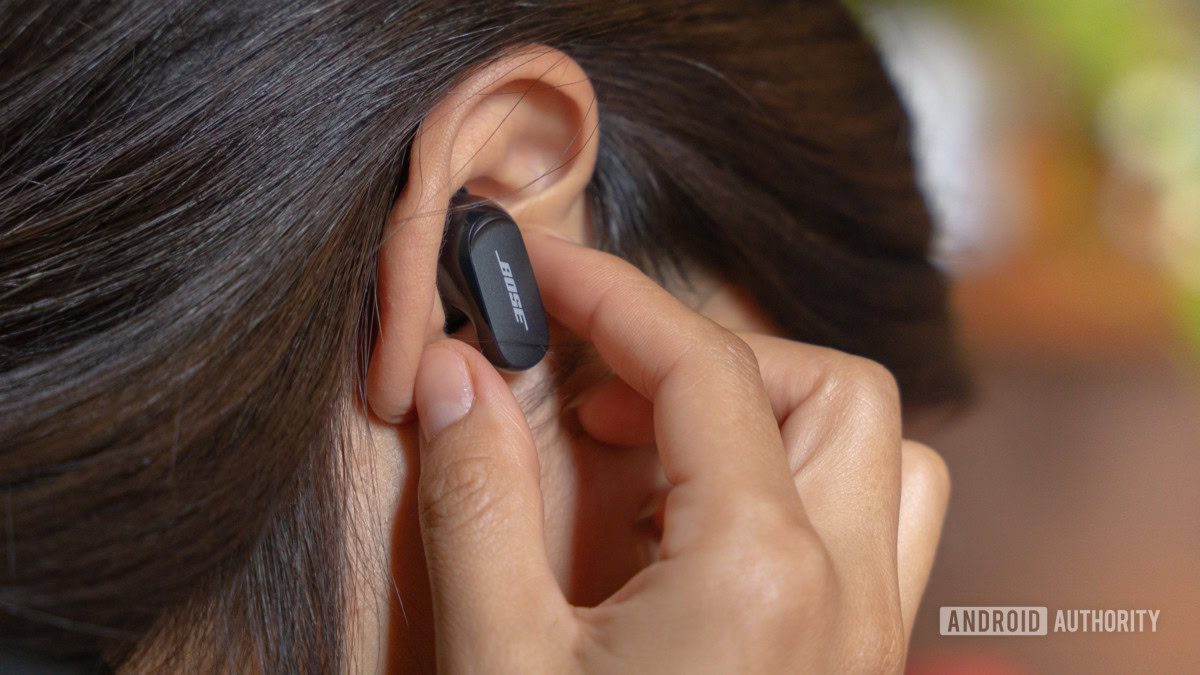
The updated chip boasts some new Snapdragon Sound goodies too. Snapdragon 8 Gen 2 devices will also support Dynamic Spatial Audio, which puts you in the middle of your music. It means that if you hear a sound from your right side and turn your head to face the sound, it will start to play directly in front of you. However, you’ll need compatible earbuds or headphones with one of Qualcomm’s latest audio chipsets, as well as an 8 Gen 2 handset.
Unfortunately, the additional requirements mean that Dynamic Spatial Audio won’t be coming to older Qualcomm chipsets any time soon. However, it’s designed to work with most multi-channel spatial audio formats, which means there should be plenty of options for compatible headphones and services in the future. Qualcomm has already confirmed compatibility with decoders like Dolby Atmos, Opus, and AAC.
For audiophiles, the Snapdragon 8 Gen 2 also supports LE Audio via Bluetooth 5.3 and Qualcomm’s aptX Lossless audio codec.
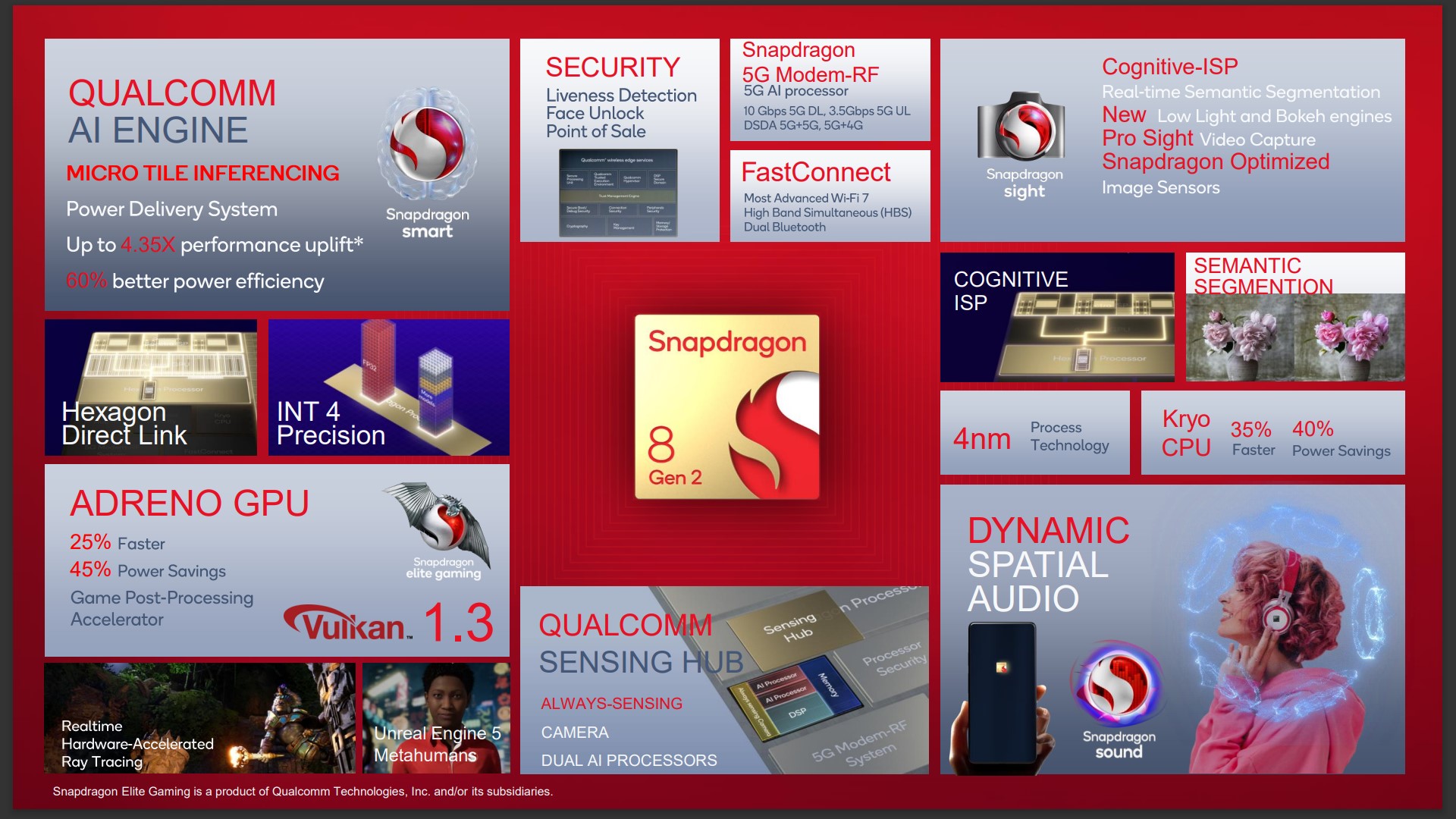
Maybe the most important thing to know about the Snapdragon 8 Gen 2 is that it’s coming soon. We saw the first Snapdragon 8 Gen 1 devices arrive before the end of 2021, and we can probably expect a similar trend this year. Qualcomm has already announced a host of partners, including Motorola, OnePlus, OPPO, and Sony, who are waiting to bring the latest flagship chipset to life.
In the meantime, let us know below how you think the Snapdragon 8 Gen 2 will stack up against its predecessor and whether Qualcomm has created the best chipset of 2023.